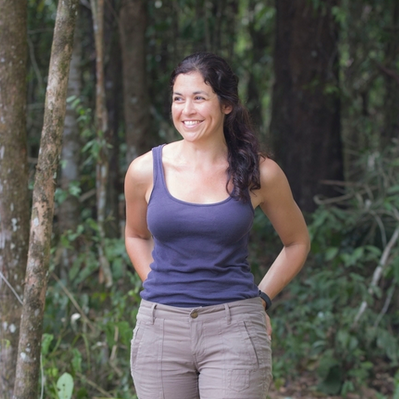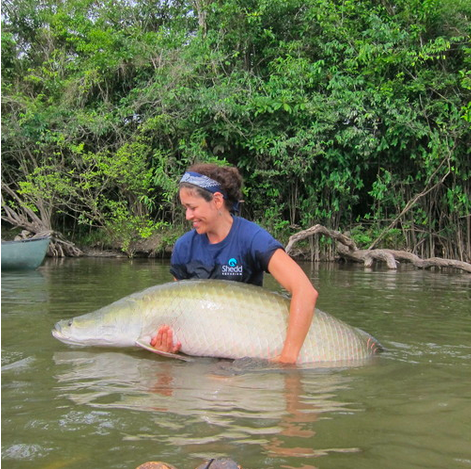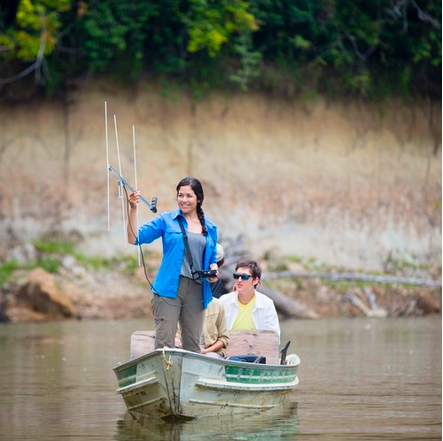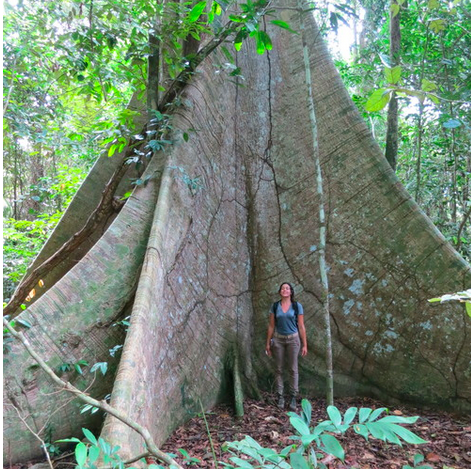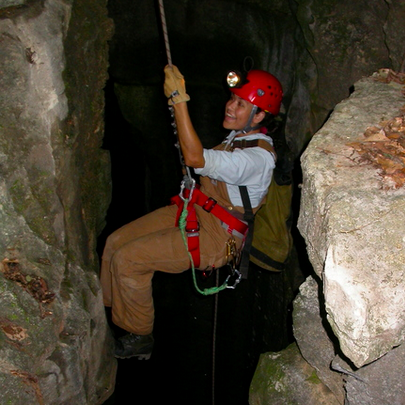


Bio
Lesley de Souza is on a mission.
Bio
Lesley de Souza is on a mission.
Lesley de Souza is a conservation biologist and explorer at the Field Museum helping protect communities biologically and culturally at risk through scientific research and community-based conservation.
Lesley's mission is to contribute to the preservation of wildlife and human livelihoods, and, more broadly, to inspire humans to rethink our place in the natural world.
Her fascination with the natural world began at an early age. Growing up in southeastern US and Brazil gave Lesley a deep appreciation for the wildlife and cultures of North and South America, and ultimately led her to a career as a conservation biologist. Her undergraduate and doctoral studies at Auburn University focused on the molecular ecology of Neotropical fish and allowed her to describe several new species to science, but she was most profoundly affected by working closely in the field with the indigenous people of northern South America, including the Wapishana and Macushi communities of southern Guyana. These experiences led her to focus her research on projects with potential benefits for both fragile ecosystems and threatened human cultures.
Lesley is currently a member of the rapid inventory team in the Keller Science Action Center of the Field Museum, where she is continuing her ongoing study of the conservation of threatened arapaima in Guyana. Arapaima are the world’s largest scaled fish, weighing as much as 400lbs, and belong to one of the most ancient lineages of freshwater fish; their ancestors shared the vast wetlands of prehistoric South America with the dinosaurs.
Arapaima are also a historically important resource for Guyana’s indigenous communities. In addition to revealing the basic life history of these famous but poorly-understood animals through surveys and radio tracking, Lesley’s research is aimed at helping the people of the North Rupununi region establish a protected area on their traditional lands, which face biological and cultural threats from large-scale agriculture, mining, and illegal logging.
Lesley’s field work outside Guyana has taken her to Brazil, Peru, Venezuela, Costa Rica, Honduras, Panama and beyond, where she contributed to research on species including black caiman, boa constrictors, basilisk lizards, eyelash vipers, alligators, snapping turtles, waterdogs, and hellbenders. She has published in peer-reviewed journals including Neotropical Ichthyology, Zootaxa, and Cybium, and described her research experiences in Guyana for the “Scientist at Work” feature of The New York Times and for National Geographic online.

